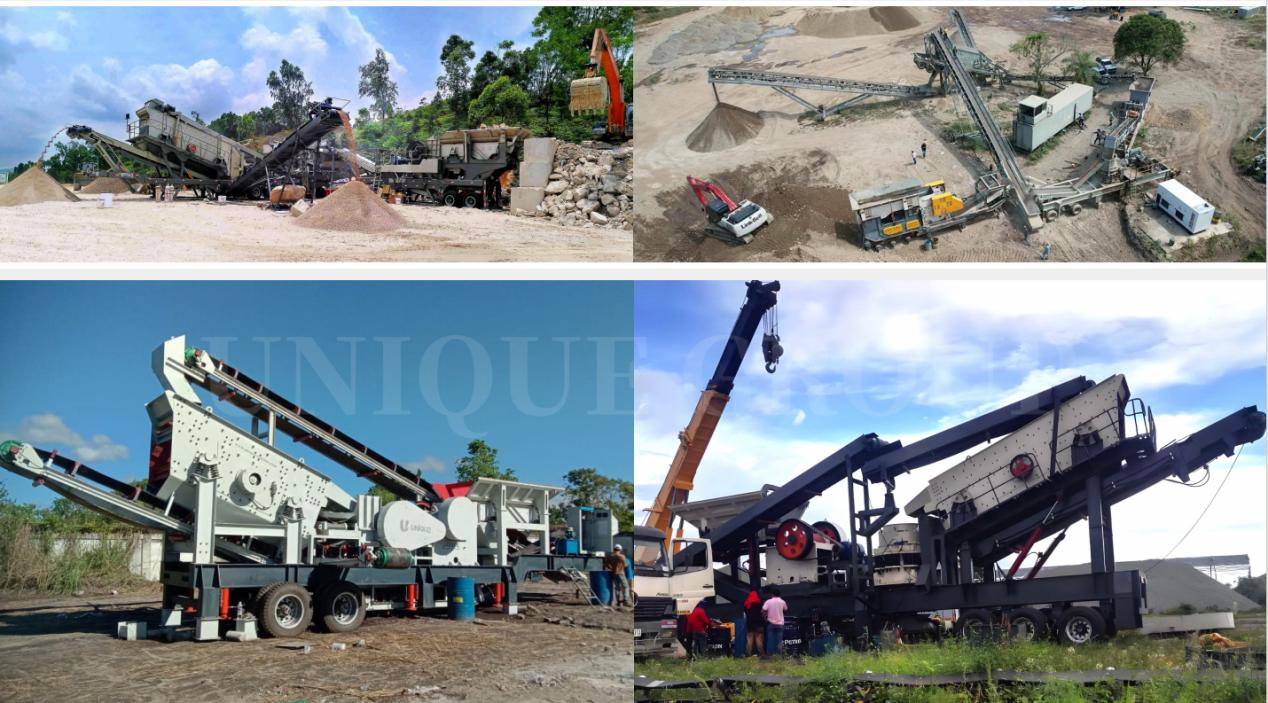Tel: +86-371-63699132
Fax: +86-371-63935058
E-mail:
sales@unique-crusher.com
Zip Code: 450008
Common Fault Analysis and Solutions for Machinery
Common Fault Analysis and Solutions for Machinery
In the operation of machinery and equipment, faults are inevitable. Understanding the causes and symptoms of these faults is essential to enhance the reliability and efficiency of the equipment. This article outlines common reasons for faults, their symptoms, and effective solutions to address these issues.
1. Common Causes of Machinery Faults
Wear and Tear: Prolonged use of machinery can lead to significant wear and tear on components. Regular usage without timely maintenance can accelerate this process, resulting in equipment failure.
Improper Operation: Failure to follow operational protocols can lead to misuse of machinery. This includes overloading, incorrect settings, or neglecting safety procedures, all of which can cause significant damage.
Inadequate Maintenance: Regular maintenance is crucial to keep machinery in optimal condition. Neglecting scheduled maintenance can lead to aging components and eventual breakdowns.
Improper Installation: If machinery is not installed correctly, it may lead to uneven load distribution or misalignment, causing parts to wear out prematurely or fail.
Harsh Operating Conditions: Extreme temperatures, moisture, and dust can adversely affect machinery performance. Environments that are not conducive to equipment operation can lead to increased faults.
2. Common Symptoms of Machinery Faults
Excessive Noise or Vibration: Unusual sounds or vibrations can indicate underlying issues such as misalignment, worn bearings, or loose components. These symptoms should be addressed immediately to prevent further damage.
Difficulty in Starting or Unstable Operation: If machinery has trouble starting or runs inconsistently, it may signal electrical issues, fuel supply problems, or internal component failures.
Hydraulic System Pressure Issues: Fluctuations in hydraulic pressure can lead to inefficient operation. This may stem from leaks, blockages, or pump failures.
Overheating: Elevated temperatures can indicate friction problems, insufficient lubrication, or cooling system failures. Overheating can lead to severe damage if not addressed promptly.
Decreased Production Efficiency: A noticeable drop in production output can be a sign of mechanical issues, requiring thorough inspection and troubleshooting.
3. Recommendations for Fault Handling
Regular Maintenance and Inspections: Establish a routine maintenance schedule that includes checking for wear, tightening loose components, and replacing damaged parts. Regularly inspect critical systems, such as hydraulics and electrical components, to ensure they are functioning optimally.
Adhere to Operating Procedures: Educate operators on the importance of following operational guidelines meticulously. Provide training sessions to reinforce correct usage to avoid human error.
Monitor Equipment Performance: Utilize technology to monitor the condition of machinery. Implement sensors to track performance metrics, allowing for early detection of anomalies.
Environmental Management: Improve the working environment by controlling dust, moisture, and temperature. Use protective covers and filters to shield machinery from environmental factors that can cause faults.
Documentation and Feedback: Maintain thorough records of all maintenance activities and faults encountered. Analyzing this data can help identify patterns and prevent future occurrences.
UNIQUE GROUP's Professional Support
At UNIQUE GROUP, we understand that the stability and reliability of your equipment are critical to your business success. Our expert team is dedicated to providing comprehensive technical support and tailored solutions to help you navigate various equipment faults, ensuring smooth and efficient production.






 العربية
العربية Español
Español Português
Português Deutsch
Deutsch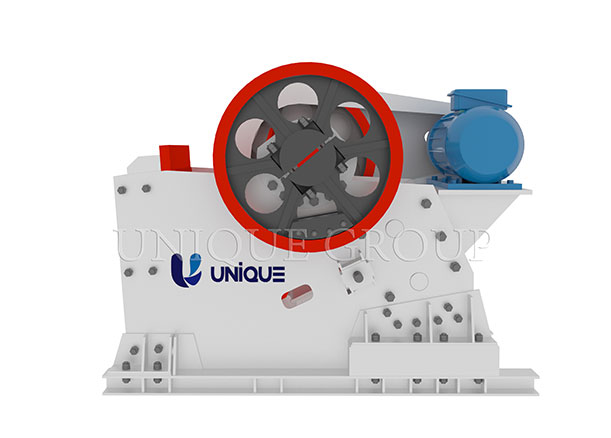
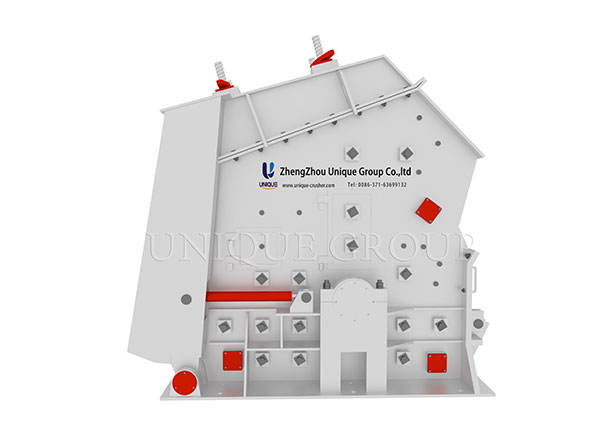
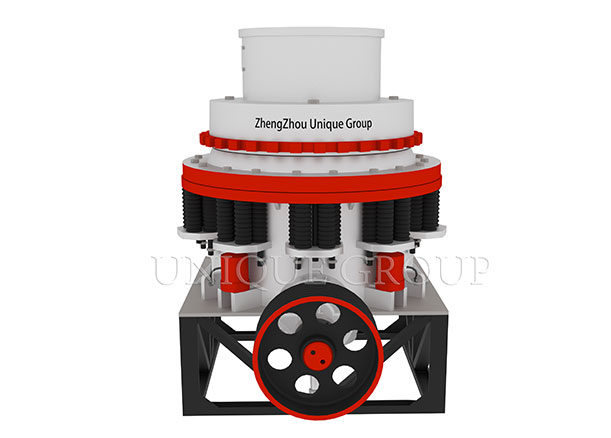
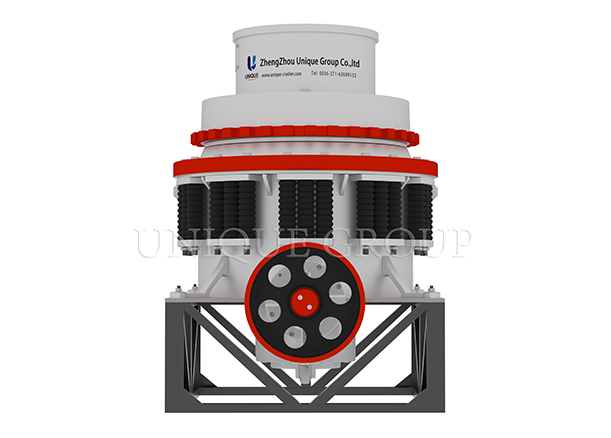
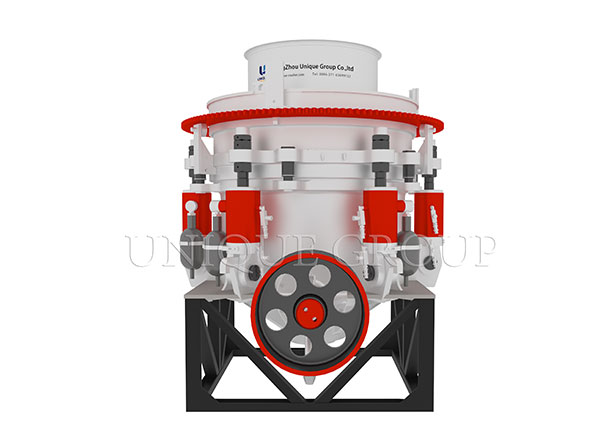
.jpg)
